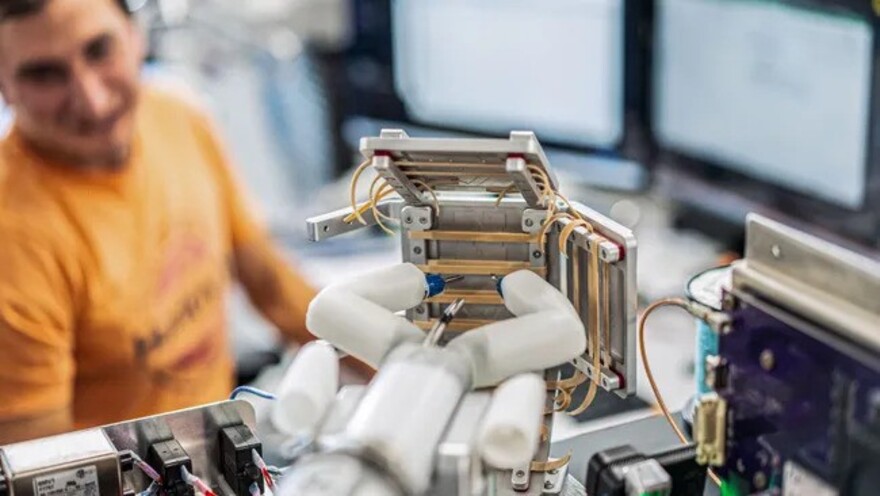
A robot surgeon will be sent to the ISS: it will conduct remote operations under the guidance of doctors on Earth
Scientists plan to send a new robot surgeon to the ISS. Its successful test will pave the way for the use of similar facilities on Earth. A manipulator will also be sent into space to move various cargoes in zero gravity.
A robotic surgeon may soon enter the orbit of our planet. Although it won’t be a metal humanoid machine in a white coat and with a scalpel, its mission is exciting.
On Tuesday, January 30, scientists will send a series of innovative experiments to the International Space Station using the Northrop Grumman Cygnus spacecraft. The launch is scheduled for no earlier than 18:07 Kyiv time and, if all goes according to plan, the ship will arrive at the ISS in a few days, on February 1.
One of the experiments on board is a robotic device weighing 0.9 kg, about the length of a forearm, with two controlled arms that hold a gripper and scissors, respectively. Developed by Virtual Incision, this kind of robotic surgeon will one day be able to communicate with human doctors on Earth, operating on an astronaut patient and performing medical procedures with high precision.
“In the more advanced part of our experiment, we’ll be controlling the device from here in Lincoln, Nebraska, and dissecting simulated surgical tissue in orbit,” said Shane Farritor, co-founder of Virtual Incision, during the Cygnus presentation on Friday.
Other work on board
The little robot surgeon will be far from alone on the Cygnus spacecraft heading to the ISS. In particular, he will be joined in the orbital laboratory by a friend – a robotic manipulator. It has already been tested in station conditions before, but during this new mission the team hopes to test it in full depressurization conditions.
“Disconnecting, re-connecting, moving objects is what we did in the first study,” says Mae Murphy, director of programs at NanoRacks. “We’re going to increase the complexity a little bit… We’re going to disable the tools we use, we’re going to be able to use screwdriver analogs and things like that; it’s going to allow us to do even more work.
“We can do more than just clean something that the crew would have to spend time on,” she continues, “We also have the ability to do extra work in harsher environments where we don’t necessarily want to put the crew in danger.
In addition, the European Space Agency will send a 3D printer that can create small metal parts on the same flight. The goal is to see how the structure of the parts printed on it behaves in space compared to those printed on Earth.

